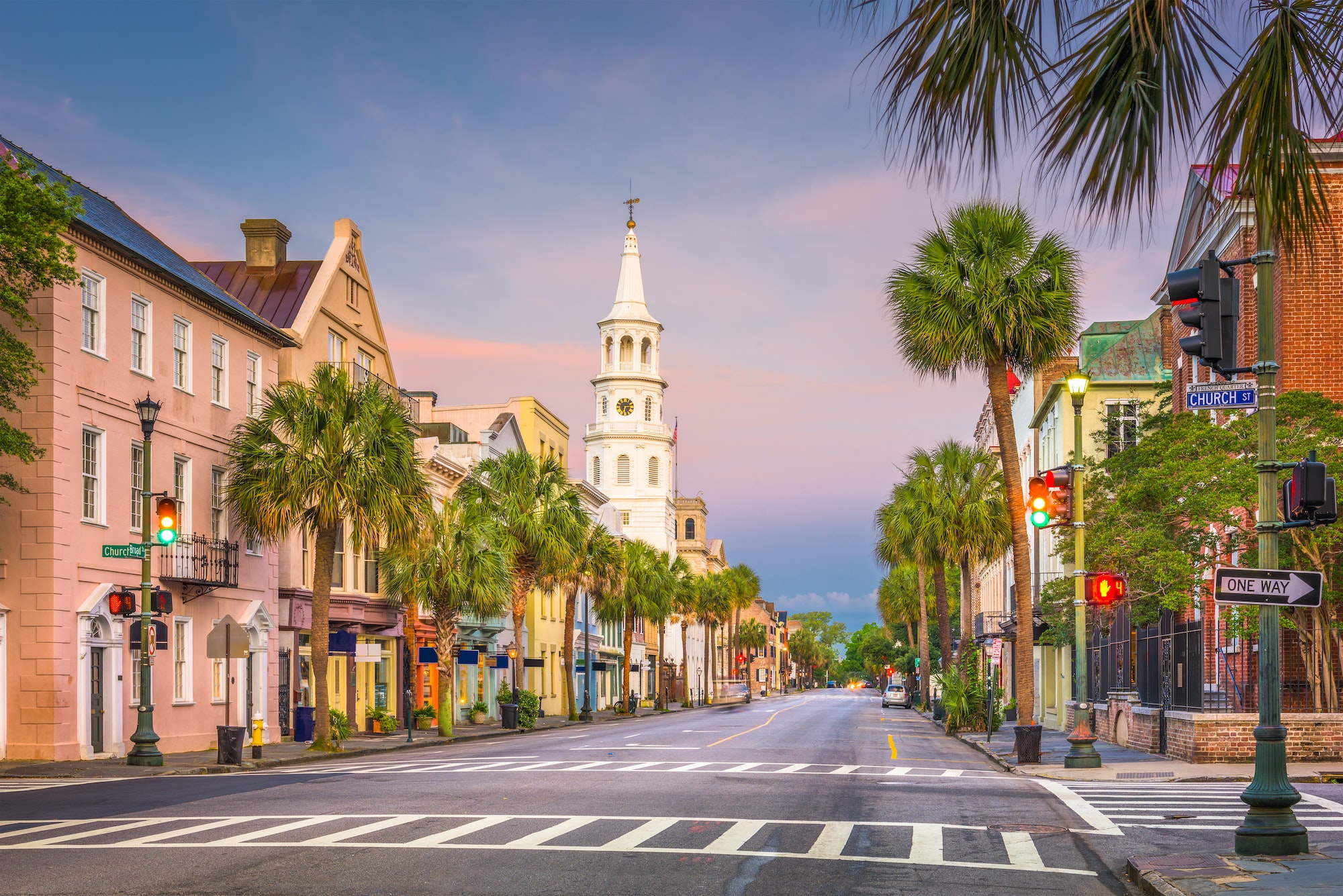The architectural landscape of the Carolinas is a vibrant tapestry, interwoven with layers of history, culture, and regional identity. The evolution of Southern architecture reveals a complex and contradictory dialogue between tradition and innovation, reflecting the spirit of the region. This article embarks on an exploration of the Carolinas, unveiling the architectural enigma that has shaped its built environment.
The Paradox of the Colonial and Antebellum Periods
The early colonial settlements in the Carolinas were characterized by a subtle tension between modesty and grandeur. On one hand, settlers constructed simple wooden homes that mirrored their European origins. The Charleston Single House, a narrow dwelling designed to optimize natural ventilation, exemplifies this pragmatic approach.
On the other hand, the plantation era bore witness to opulent homes that epitomized wealth and prominence. Greek Revival, Italianate, and Neoclassical styles coalesced in the antebellum architecture, creating a juxtaposition of the humble and the grandiose. The Aiken-Rhett House and the Nathaniel Russell House in Charleston embody the essence of this period.
The Victorian Era: A Symphony of Styles
The Victorian era ushered in an eclectic mélange of architectural styles, reflecting the region’s shifting cultural milieu. Gothic Revival, inspired by medieval European architecture, emerged in churches and public buildings, such as St. Philip’s Episcopal Church in Charleston and the Chapel of the Cross in Chapel Hill, North Carolina.
The Queen Anne style manifested a more decorative and asymmetrical design, with the Bellamy Mansion in Wilmington, North Carolina, showcasing intricate woodwork and stained-glass windows. This era celebrates the delicate balance between form and function, embracing the complexity of architectural expression.
The Duality of Bungalow and Craftsman Styles
The early 20th century marked a return to simplicity and functionality, driven by the Arts and Crafts movement. The Bungalow and Craftsman styles, characterized by their modest scale and emphasis on natural materials, emerged as a response to the ostentation of the Victorian era. Asheville, North Carolina, boasts many such homes, which embody the duality of practicality and aesthetic appeal.
The Modernist Conundrum
Modernist architecture, with its focus on clean lines, minimal ornamentation, and innovative materials, introduced a new paradigm in the mid-20th century. The North Carolina State University’s Hunt Library, designed by Snøhetta, epitomizes contemporary architecture’s capacity to harmonize form and function. The Modernist ethos challenges conventional notions of architectural beauty, inviting us to reconsider the role of architecture in contemporary society.
Preservation and Adaptation: A Dialogue with the Past
The Carolinas continue to engage with their architectural heritage through preservation and adaptation. Adaptive reuse projects, such as the revitalization of historic mills and warehouses, forge a dynamic connection with the past while envisioning a sustainable future. This approach acknowledges the inherent complexity of architectural history and embraces the opportunity for transformation.
In conclusion, the architectural odyssey of the Carolinas is a fascinating study in complexity and contradiction. By examining the region’s architectural heritage, we gain a deeper appreciation for the intricate interplay of styles and the ongoing dialogue between tradition and innovation that shapes the built environment.




